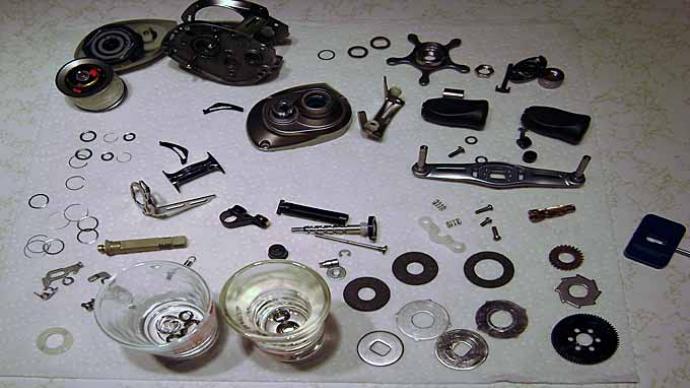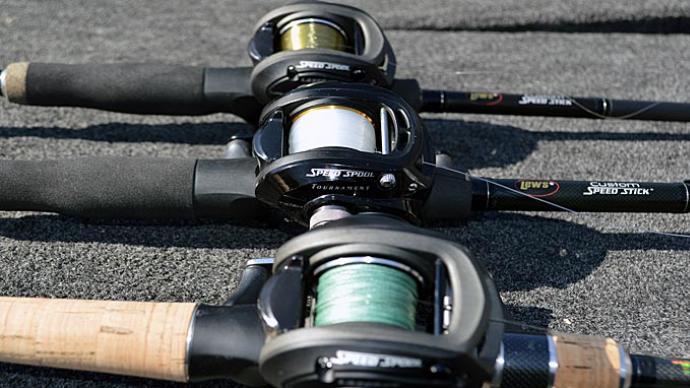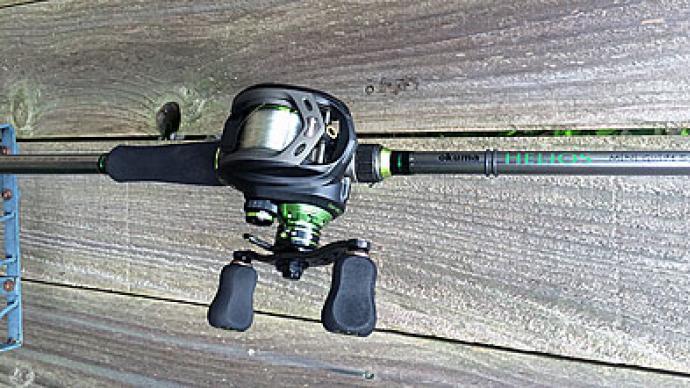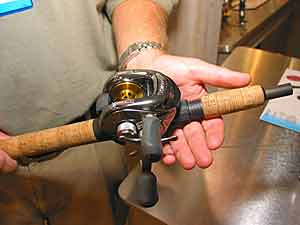
If you’ve never had a problem with a reel, you’re probably not a fisherman. Reels are complex items that receive a lot of abuse. An angler may make hundreds of casts daily, and the reel is often tossed onto the deck, exposed to sun and water.
Eventually, even a $200 reel will give up the ghost, and they don’t usually go quietly. Problems often start with an odd noise. Soon the reel stops working. You can either send it out to be cleaned and repaired or try to do it yourself.
If you decide to send it to a repair center, you might be surprised to find out that most centers aren't large commercial operations. One such center in Texas is a 12-by-12 workshop in a one-street-light town in Texas. That’s where “Killer” and Connie Kilpatrick have worked as reel and rod technicians for years.
Connie began the business by teaching herself. She learned how to take a reel apart using the exploded diagrams included with each reel. More importantly, she learned how to put them back together. She soon got just about any reel back into shape, and now the Kilpatricks service several top brands.
Connie says the men who brought their reels to the shop initially hesitated to speak to her. They wanted to deal with a man. Connie would tell them, “If you want your reel cleaned, you’re gonna have to talk to me!” A bout in the hospital meant her husband Tommy (Killer) had to take over for a while. When she came back, she decided he was doing so well that she would let him continue while she handled the administrative side of the business.
Before long, they were doing so well that they had to turn work away for fear of having too long a turnover time. Cleaning reels isn’t a quick way to riches: Connie says it takes two hours to clean a filthy one. They also learned to repair rods: and replace guides, wraps, and epoxy.
“There are 44 million fishermen in America,” Connie says, “and I realized that there was no way that a few more reel cleaners were going to take away all our business.” She went to work and wrote up a lengthy guide to the reel cleaning business, and then they made a training video. The video is enough to teach the average angler how to clean and maintain reels.
For those who want to be able actually to start up their own business, Connie and Killer offer an intensive course in reel cleaning and repair. Students usually come to their homes in Texas for a couple of days.
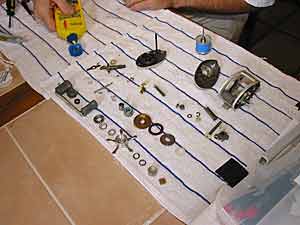
Doug Schram of Mesa decided he’d like to be in the business, and after checking out several places online, he decided the Kilpatricks were suitable for him. “The other courses are just books,” he explained. “This one is hands-on. You just can’t beat that.” The Kilpatricks stopped at his home in Mesa on their way back from a tournament at Clear Lake in California and stayed there during the training days.
By the end of the first training day, Doug said his eyes were “About to fall out of my head.” Connie and Killer had talked him through taking apart and cleaning several different reels, each a different brand.
“When I first thought about it, I figured I’d be charging about ten bucks each for a cleaning,” Doug said. “Now that I see how much work is involved, that number is increasing.” The Kilpatricks charge about $25 per reel for a cleaning, and the customer pays postage and handling both ways. The customer also pays for any parts needed to complete the job.
The course also covers marketing, location, licensing, business plans, logos, bookkeeping, and how to lay out a shop. She even includes contacts to get you on your way to becoming a factory repair center. Classes are two days long and will teach you step by step how you can open your rod and reel repair business. You will also learn how to clean and care for reels.


